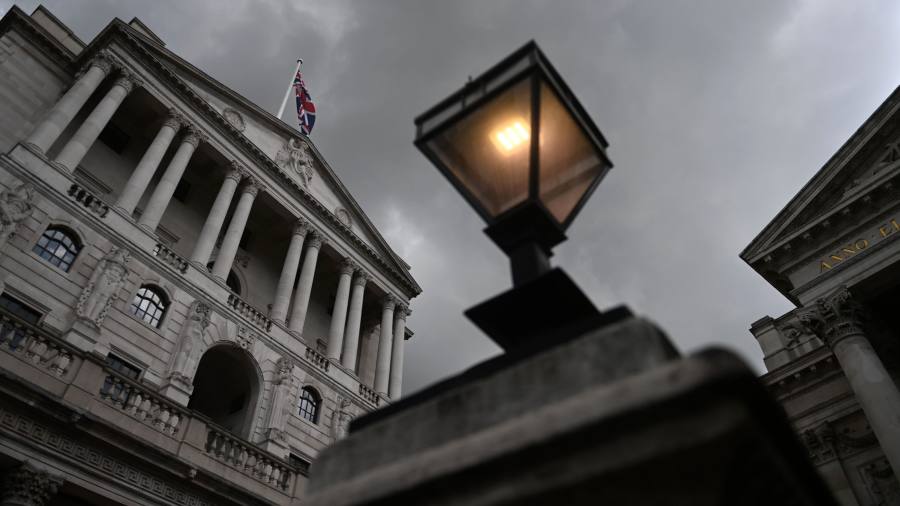The writer was governor of the Bank of England from 2003 to 2013
Fifteen years ago, the collapse of the western banking system led to the adoption of thousands of pages of complex regulations. Yet here we are in the middle of another crisis of confidence in banks. Silicon Valley Bank and Credit Suisse had idiosyncratic problems. In the latter case, weak regulation and procrastination by the Swiss authorities exacerbated the problem. In the former, contagion affected other small banks.
Banks are inherently fragile — they transform short-term and safe funding into long-term and risky lending. This is the alchemy of the banking system. The speed at which those short-term liabilities can run means that banks can be here one day and gone the next. Most of the time, however, banking provides a cheaper supply of capital to finance real investment.
Several centuries’ experience testifies to the attractions of banking as a way of financing investment, as well as to its fragilities. Can we retain these benefits while reducing or even eliminating the costs? Yes — provided that we put in place a framework governing the provision of central bank liquidity, the only reliable source of liquidity in a crisis.
For too long, central banks and regulators have been content to wait until there is a crisis and then deploy ad hoc measures, making it up as they go along. Once a panic has started, liquidity is necessary to put out the fire and prevent widespread contagion. But the provision of free insurance after the fact is also an incentive to take excessive risks, which leads to ever larger fires.
In 2023, attention has focused on runs by depositors, leading to suggestions in both the US and UK that the upper limit on insured deposits be raised. But in the financial crisis the problem was the reluctance of wholesale suppliers of short-term finance to roll over their funding. The lesson is that any so-called “runnable liability” — such as deposits that can be quickly withdrawn or anything that is redeemable on demand — can result in the central bank having to provide liquidity.
The traditional lender-of-last-resort role played by central banks became outdated when commercial bank assets began to comprise “bad” collateral, which could not be valued in the short timescale required to counter a run. What can replace it?
Governments and central banks must answer two questions.
First, which institutions should have access to liquidity from central banks? Commercial banks certainly qualify — their deposit liabilities form the bulk of the stock of broad money. Any doubt about its safety would leave the economy exposed to violent movements in the means of payment, resulting in sharp contractions in output and inflation. But society may worry also about the safety of insurance companies, pension funds and other financial intermediaries. Such bodies must either be prohibited from maturity transformation (borrowing short-term and lending long-term) or given access to central bank liquidity on the terms below.
Second, how can we limit the scale of central bank provision of liquidity in a crisis to avoid taxpayer-financed bailouts? By preventing banks from issuing more runnable liabilities than the central bank is willing to lend against available collateral.
The basic principle is that banks should always have a contingent credit line from the central bank to cover runnable liabilities. Each bank would decide how much of its assets it would preposition at the central bank. For each type of asset, the central bank would calculate the “haircut” it would apply when deciding how much cash to lend against it. It would then be clear how much central bank money the bank would be entitled to borrow. A bank’s effective liquid assets must exceed its runnable liabilities.
In effect, the central bank would be a pawnbroker for all seasons (PFAS). Haircuts would remain fixed for a lengthy period, and on risky assets would, therefore, be conservative. Setting haircuts is not a task well suited to emergency conditions. Banks would be free to decide on the composition of their assets and liabilities, all subject to the PFAS rule. Crucially, no run could bring down a bank because there would always be cash available to cover all the runnable liabilities.
The PFAS rule is not a pipe dream. Paul Tucker and I encouraged banks to preposition collateral after the financial crisis, and the Bank of England has been in the vanguard of such policies ever since. Moreover, the expansion of quantitative easing has led automatically to a substantial increase in the deposits of commercial banks at the central bank. Such has been the scale of QE that if PFAS were introduced today it would require little change to the funding of most large banks and hence to their provision of credit.
This one simple rule could replace most existing prudential capital and liquidity regulation, as well as deposit insurance. It makes little sense for central banks, as the US has done, to guarantee all deposits in a bank that fails and yet maintain that the upper limit on deposit insurance remains for all the other banks.
The regulatory reforms that followed the financial crisis were little more than a sticking plaster. The system now requires a simpler, less costly but comprehensive approach to the provision of central bank liquidity.


